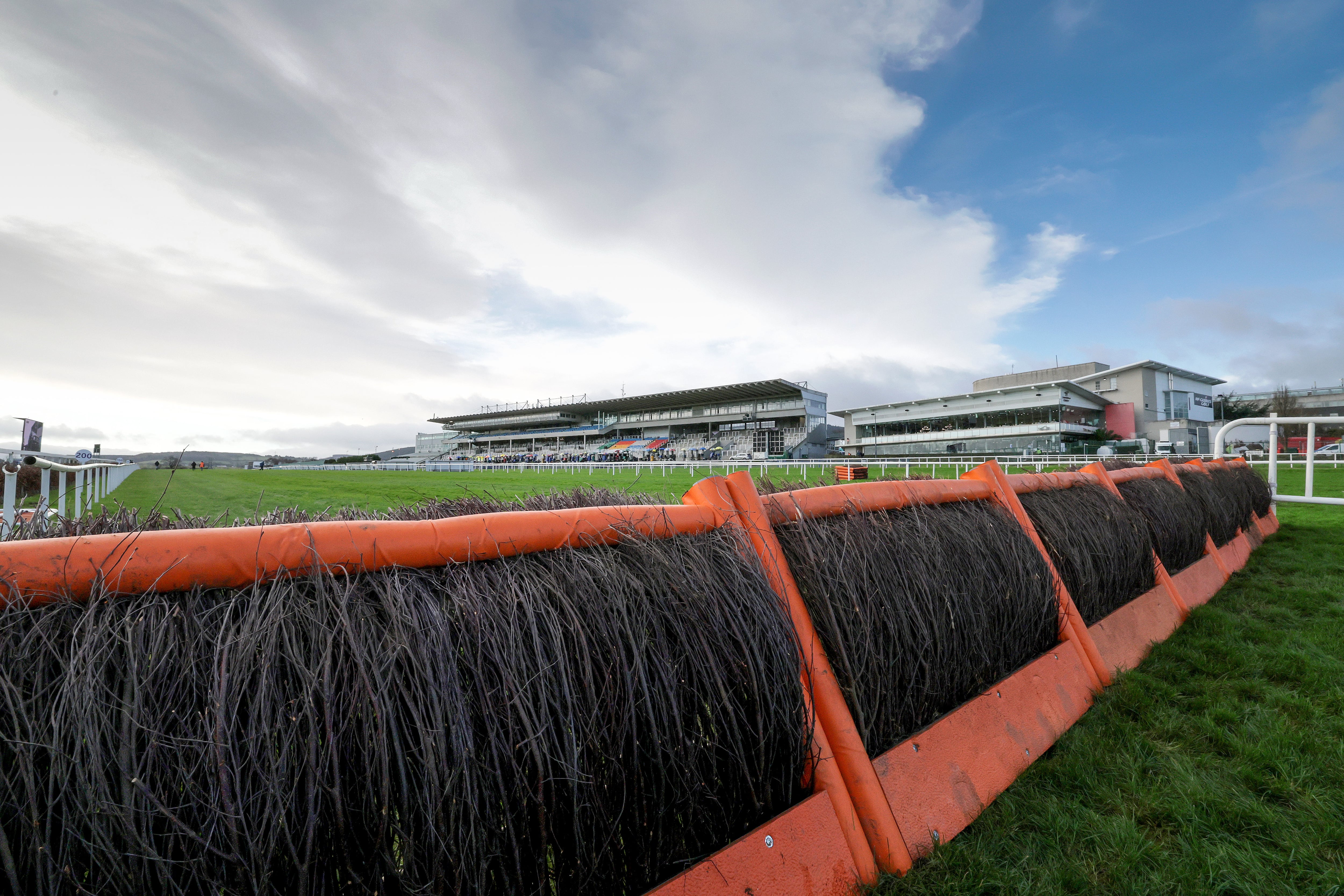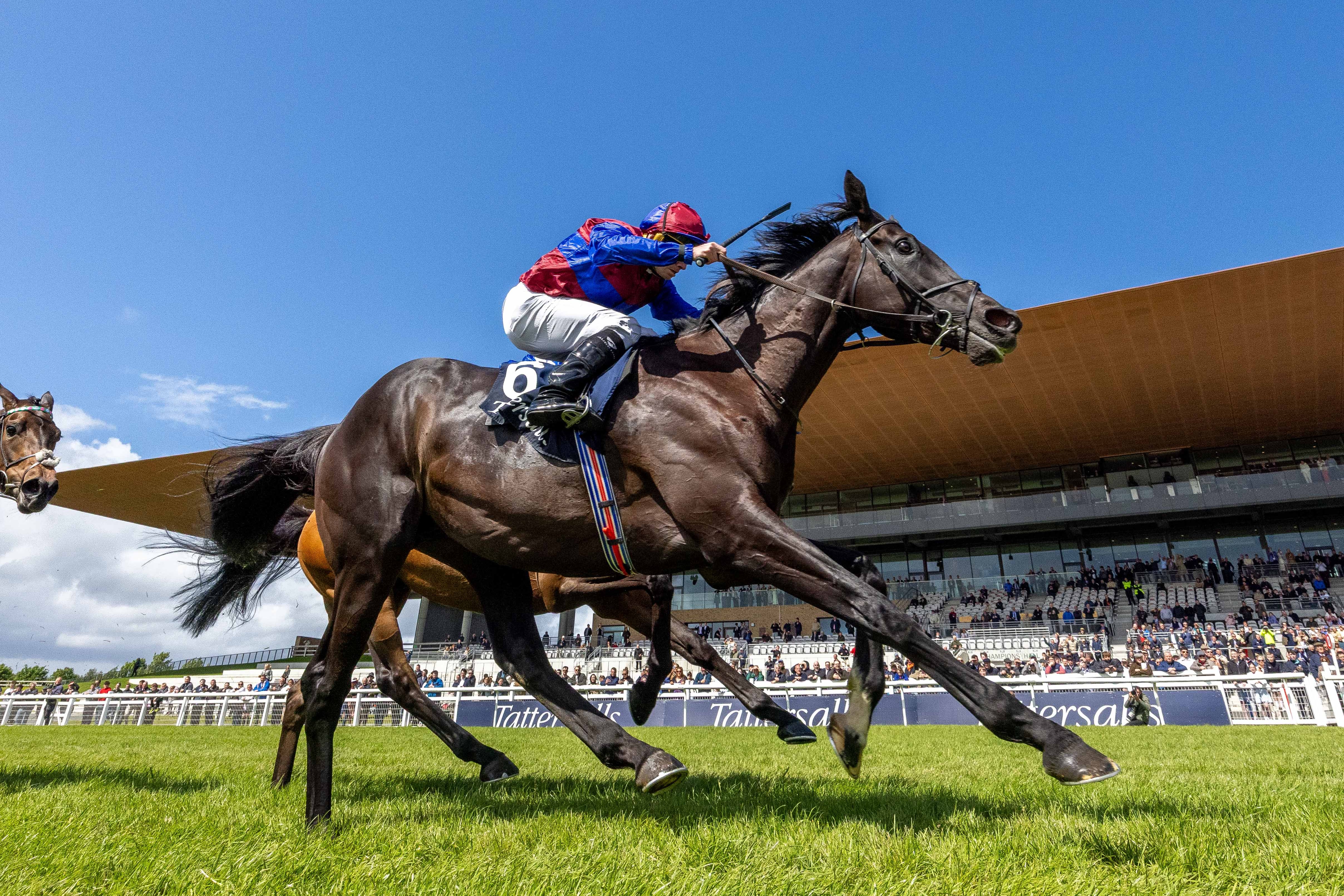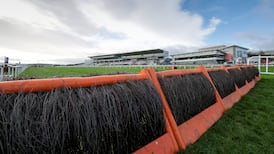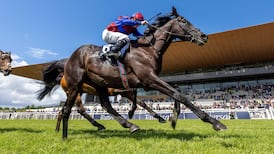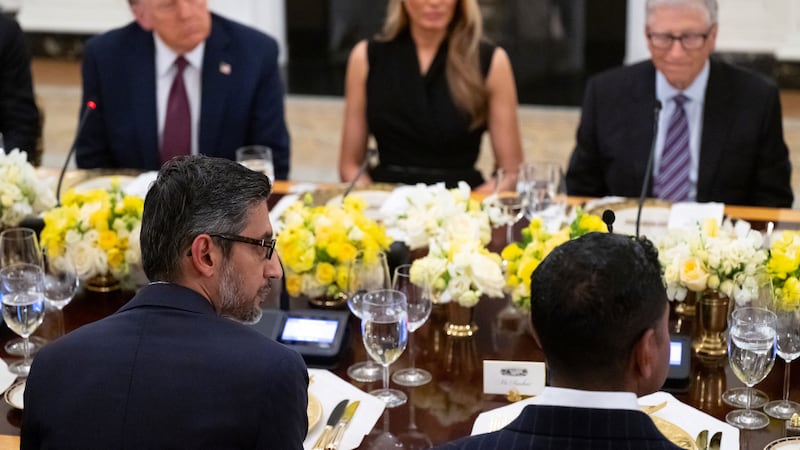There would have been many more appropriate ways of marking 50 years of the Racing Academy and Centre of Education than being forced to close its student accommodation. But now that it’s happened, Churchill’s line about never letting a good crisis go to waste might be the tack to take.
Opened in 1973 to train youngsters as prospective jockeys, as well as supplying a valuable trained workforce more widely, RACE has been a major success story for Irish racing, and not just through some of its illustrious graduates such as Johnny Murtagh.
Based in Kildare town, it has provided a route into racing that, in all probability, wouldn’t have existed otherwise for generations of young people.
Like Murtagh before her, Cathy Gannon, the first woman to be crowned champion apprentice rider in Ireland, and the inaugural winner of The Irish Times Sportswoman of Year in 2004, has recalled knowing nothing about racing before leaving school at 15 to enrol at RACE.
READ MORE
[ Cathy Gannon the first among equalsOpens in new window ]
That it has become something of an institution, providing educational courses across the industry, underlined last month’s dismay at news about buildings housing young students having to be closed, apparently on the back of fire safety inspections.
A review was quickly launched amid reassurances about the courses themselves continuing and how students would be housed outside the campus for the time being. Inevitably it didn’t prevent speculation and some conjecture about the future of RACE overall.
Some impressive improvisation at the heart of that response is characteristic of a level of ingenuity which has run through this enterprise from the start. The first RACE director Derek O’Sullivan and former Moyglare Stud stalwart Stan Cosgrove continually faced funding battles at a time when Ireland’s general economic outlook was a lot worse than todays. Far too often, success could be measured in mere survival.
Proof of the core product’s merits came from headline-grabbing successes from its graduates but also overseas patronage. For many years, fees from teaching pupils sent by the Japanese Racing Association were a valuable source of income.
The impact of lessons learned here isn’t a negligible factor in how Japan’s racing industry has turned into a model most of the rest of the world now looks at enviously. Japan doesn’t need RACE any more, but Irish racing does as much as it ever has.
It’s difficult for anyone who’s ever visited RACE and spoken to some of the students not to remark on how so much enthusiasm is at the heart of this education. It’s impossible to ignore too how many are from backgrounds at odds with any stereotypical, Hooray, image of racing.
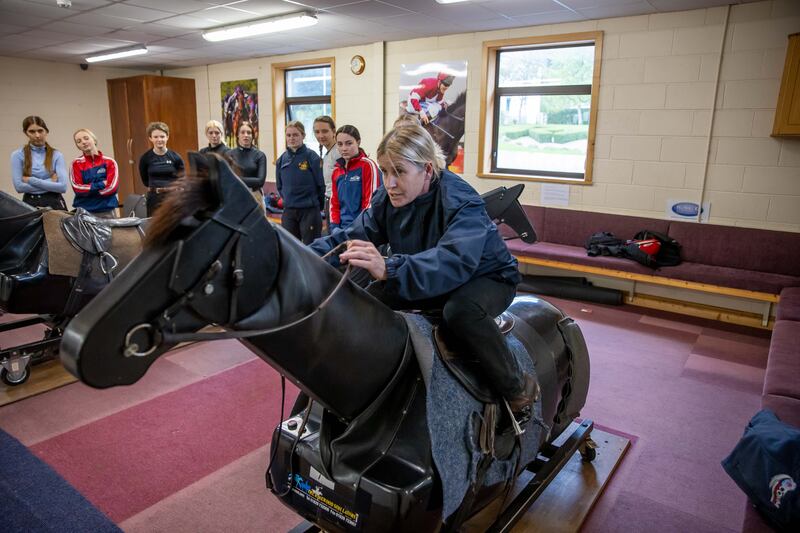
This is a sector where hard physical work in all weathers for less than great pay is a day-to-day reality. Digital gimmickry is largely superfluous when it comes to the care, supervision, and exercise of thoroughbreds. Supplying a skilled and passionate workforce is a necessity rather than an option.
Now that funding matters have come to a head, and the urgency of supplying enough capital investment to provide students with up-to-date facilities is obvious to everyone, paying out for such a supply should be viewed as an investment rather than expense.
Privately, those at the helm of RACE believe this is Horse Racing Ireland’s cue to formally take over. Irish racing’s ruling body already picks up a significant slice of the tab for keeping RACE going. Contributions also come from trainers as well as the Kildare and Wicklow education and training board.
Even though racing has more skin in the game than anyone else it may be much less straightforward an exercise than a simple takeover by the semistate body. And even if it was, the time would still be right for a root and branch examination of RACE and its long-term future.
The industry requires more than 30 graduates every year hoping to be jockeys. The odds are stacked against becoming a new Johnny Murtagh. But it shouldn’t mean disappointed youngsters are lost to the industry in this country where talented people are urgently required across a broad spectrum.
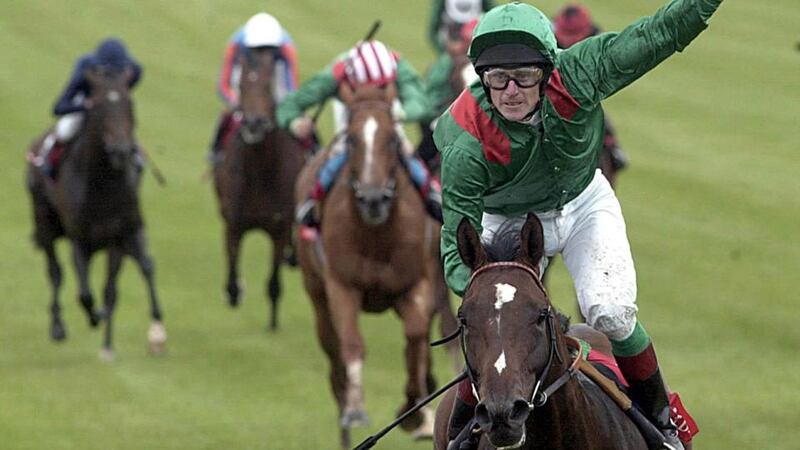
Structural examination shouldn’t be confined to buildings either. For decades a spirit of make-do has aligned with the organisation’s official charitable status. That might have been an effective policy in the past. But does it tally with modern standards or transparency and accountability when it comes to a body in receipt of significant public funding.
Having hit the half-century mark, it looks an apt time to ask such fundamental questions about RACE’s role. Perhaps the most fundamental of all is its value to an industry reportedly worth €2.5 billion a year, and what that industry is prepared to pay in bottom line terms to ensure not only its survival but prosperity in the years ahead.
Rather than looking at it in terms of cost perhaps keeping in mind another old line about investments in knowledge paying the best interest might prove profitable.
Something for the Weekend
Another RACE graduate is Seamus Heffernan who is on board a long-shot in Friday evening’s Galway finale that may prove to be a value bet. True Destiny (8.40) has no worthwhile recent flat form but at one point was rated as high as 88 in Britain. Now with Jimmy Lambe, he comes here on the back of two decent runs over hurdles, including a win at Sligo. He might be able to exploit a mark of 69 in an ordinary race back on the level.
Colin Keane won on Dragon Of Malta (4.50) in 2020 but didn’t partner the veteran again until last time at Killarney when an encouraging third. The champion jockey stays on this proven Galway winner in a handicap on Saturday.


